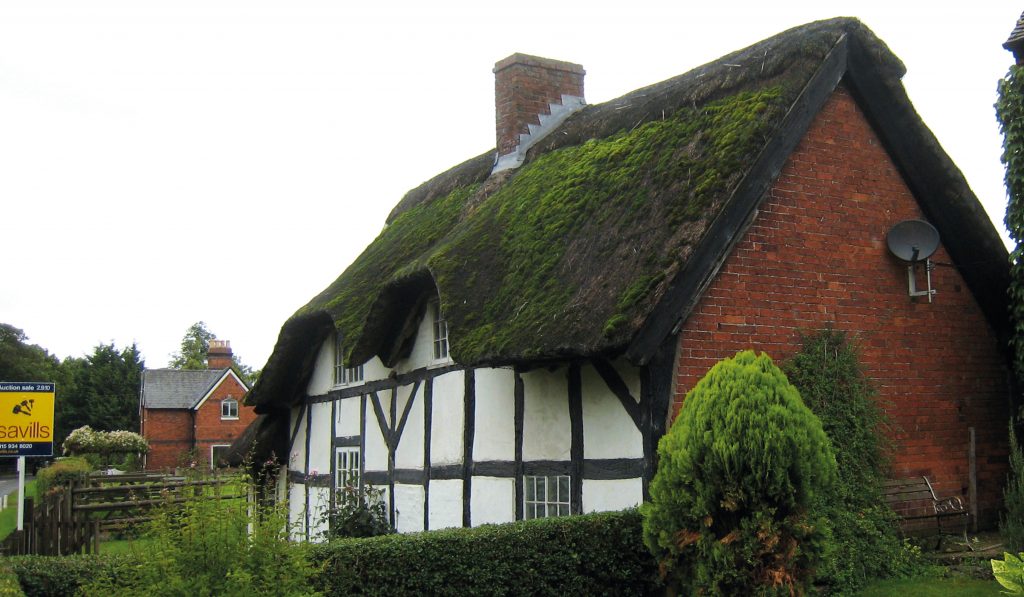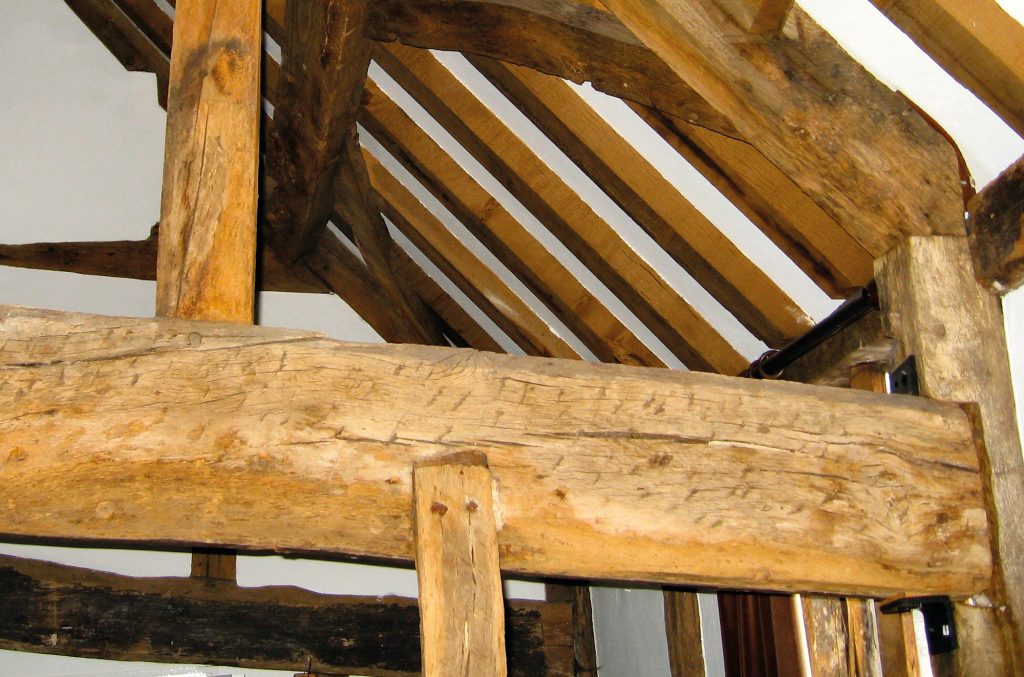

Older houses aren’t for everyone, and living in one will inevitably involve some compromises. But by wisely investing time and energy, and approaching a project in a sympathetic manner, you could create a home that’s both characterful and unique.
Period properties may be quirky, but they can also be inconvenient. Nothing is square; storage is often limited; it might be difficult to fit in your furniture; low doorways and beams can be a hazard; and there may be awkward spaces that are difficult to use.
There will be limits to what you can do to the house, and this is particularly true if it is listed. Any work carried out is likely to be specialist, requiring expert advice, particular materials and skilled craftsmen.
By now you could be forgiven for thinking that old buildings are only for the hardy, adventurous few. In fact, a great many people either live in a historic home or aspire to, and with good reason. It’s well established that the age, character and quality of old houses add to their value. They also tend to retain value better when the general housing market declines.
Period homes often have pleasant surroundings – conservation areas, rural locations, areas of outstanding natural beauty or even world heritage sites. As well as enhancing the property itself, these give a degree of protection from development, making for an attractive place to live and further enhancing long-term value.


Old buildings tend to be robust – they have lasted hundreds of years already because of the high quality of construction materials and craftsmanship. Finally there is the intangible but significant joy of living in a piece of heritage, with its layers of history – the legacy of many previous generations of owners.
As with any house purchase, it’s essential to make sure that the property in question is structurally sound and in good condition. This is particularly important for an historic dwelling.
Try to engage a surveyor with an understanding of old buildings to carry out your homebuyer’s survey. This will give you a good indication of the structural integrity of the building and any major issues. Bear in mind that surveyors often exaggerate the importance of issues that are of little real concern (like historic woodworm damage and early structural movement) but tend to underplay the destructive potential of modern interventions like cement renders and pointing, or inappropriate plaster.
You should also engage an expert in old buildings to look over the house for you. This will help you to interpret the survey report with regard to the special characteristics of the property. A professional should be able to give you a good indication of whether it is a sensible purchase – bearing in mind your own attitude to the potential work, and the disruption or cost involved in resolving any problems.
I’m often asked for a detailed calculation of defects and an indication of cost for resolving them at this stage. Unfortunately it is hardly ever possible to make those kinds of assessments with a non-invasive inspection. The full extent of repair work cannot be measured until suspect areas are opened up – issues frequently only become apparent well into the course of a project. There is too much guesswork involved to try to answer those questions in any meaningful way pre-purchase.
I don’t recommend seeking advice from anybody who is selling a particular solution. It is common for specialist contractors to offer surveys to see if the service they provide is necessary. For obvious reasons this kind of review cannot be impartial. In many cases the ‘surveyor’ has a direct financial interest in recommending the solution.
All this cautionary advice is not to suggest that buying an old house inevitably means letting yourself in for open-ended, expensive repair or renovation. Many of them are good to live in just as they are: most require the same extent of repair, alteration of redecoration as any other house, and relatively few are in need of major work to be comfortable and habitable.
It is important to know whether the property is listed, since this has implications both before and after purchase. Each of the professionals involved in your house purchase should inform you if the property is listed – but they are not required to.
Every local authority holds a register of all its listed buildings, and English Heritage (or its various equivalents – Historic Scotland, CADW in Wales, and the Department of the Environment in Northern Ireland) also has a searchable online database. If in any doubt, check there.
Any alteration to a listed building that affects its character requires listed building consent. This includes internal alterations and covers anything fixed to the property and any other structure within the curtilage.
This has a potential impact on any alterations you may be able to make after you have bought the house. If a particular improvement – an extension for example – is a critical factor in your decision to purchase, you should try to get an indication of the chances of obtaining consent before you proceed.
You should be able to discuss your intentions with the local conservation officer, who can tell you whether they would be in favour of the scheme. Unfortunately, this opinion is not binding. What’s more, an increasing number of local authorities no longer have the resources to carry out this kind of informal consultation.
In that case, the historic buildings specialist you have engaged to assess the structure can advise you on the probability of success for a listed building consent application. However, decisions on what should be permitted are inevitably subjective so there can be no guarantee.
One aspect of listing that is often misunderstood is that liability for any unauthorised work passes to the owner of the property. This means that once you have completed the purchase, you could be forced to put right any previous work that was undertaken without proper consent.
So it’s essential to check the status of any alterations before proceeding with the purchase. If there has been unauthorised work, the best course of action is to require the vendor either to obtain retrospective consent, or to reinstate before completion. In some cases – such as with inappropriate replacement windows – it may be simplest to agree a retention from the purchase price and carry out the work yourself.
It is likely that you will want to make some changes to the house to suit your own taste and lifestyle. This may range from simple redecoration to extensive renovation, remodelling or an extension.
The golden rule with old homes is to take your time. I’m often contacted by clients who have an apparently clear idea of what they want to do before they have moved in. Very few of us have the chance to spend any significant amount of time in a property before purchase – usually less than an hour – and an old house is far too complex to assess in that time.
Read more: Complete Guide to Renovating a House
My advice is always to properly understand the building before making any plans. If possible, live with it for up to a year to get a feel for how it works, what you like and what you don’t. It is very often the case that elements which were seen as great inconveniences at the start become favourite features that you wouldn’t want to be without.


Comments are closed.